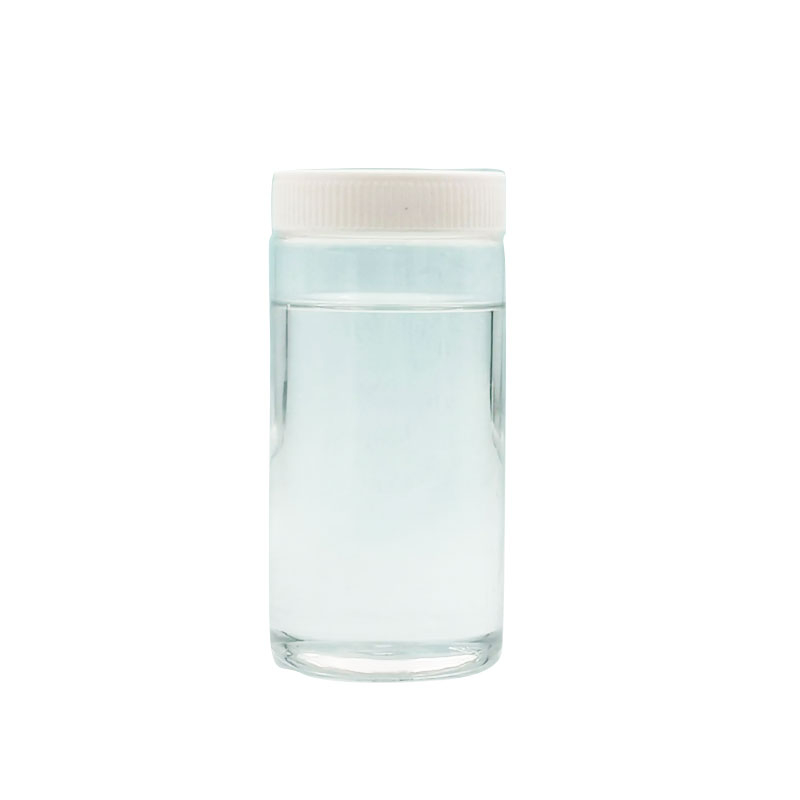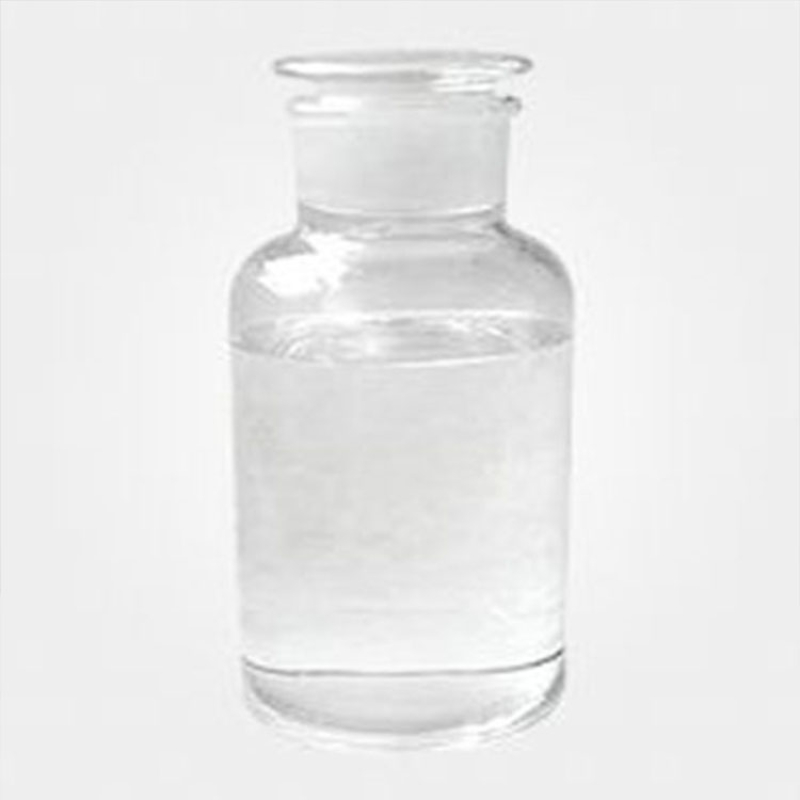Dichloroethane CAS#1300-21-6Chemical Properties:Dichloroethane is a colorless and transparent oily liquid with a chloroform-like odor and a sweet taste. It is very easy soluble in water, miscible with ethanol, chloroform and ether,it also can dissolve oil and grease, grease, paraffin. It is mainly used as a solvent.Application:Dichloroethane can be used as a standard reagent for chromatography; it is also used as a solvent for resins, rubber, cellulose acetate, cellulose esters, paints and polymers such as polystyrene; it is also used as a raw material for organic synthesis.
Contact Now
Products Description of Chlorpropham CAS#101-21-3Chlorofen, also known as clopfen, is an organic compound with the chemical formula C10H12ClNO2. It is a light brown crystalline powder and is insoluble in water. It is a plant growth regulator and herbicide that can effectively control wheat, corn, and alfalfa.
Contact Now
Products Description of Sodium xylenesulfonate CAS#1300-72-7Sodium xylene sulfonate is a white or light yellow liquid, a surfactant, soluble in water, with a pH of 7.0 for 1% solution and a viscosity of mPa·s10[7]; 2.7 mm2/s at 20°C. It is mainly used as a coupling agent, solubilizer, turbidity point depressant, detergent aid, dispersant, emulsifier, hydrotrope, and viscosity regulator.
Contact Now
Products Description of Silicon carbide CAS#409-21-2Silicon carbide, commonly known as diamond, is a ceramic compound formed by bonding silicon and carbon. Silicon carbide exists in nature in the form of a rare mineral called moissanite. Since 1893, silicon carbide powder has been used as an abrasive in large quantities. Sintering silicon carbide powder can produce hard ceramic silicon carbide particles, which can be used in materials that require high durability, such as automotive brake pads, clutches and bulletproof vests.
Contact Now
Products Description of 1,2,3,4-TETRAHYDROISOQUINOLINE CAS#91-21-4Tetrahydroisoquinoline (TIQ) is an organic compound with the chemical formula C9H11N. It is classified as a secondary amine and is obtained from isoquinoline by hydrogenation.
Contact Now
Products Description of Phenibut CAS#1078-21-34-Amino-3-phenylbutyric acid hydrochloride is often used to prepare antidepressants.
Contact Now
Products Description of Sodium dodecyl sulfate CAS#151-21-3Sodium dodecyl sulfate (SDS), with the chemical formula C12H25NaO4S, is a potent anionic surfactant that is soluble in water and widely used for its exceptional emulsifying, foaming, and wetting properties. It is a white crystalline powder that plays a critical role in the formulation of detergents, cleaners, and personal care products, and is particularly instrumental in protein electrophoresis as a denaturing agent.
Contact Now
Products Description of 1-Hydroxyethylidene-1,1-diphosphonic acid CAS#2809-21-4Hydroxyethylidene diphosphonic acid, also known as HEDP, is a diphosphate compound used in detergents, water purification processes, cosmetics and pharmaceutical production.
Contact Now
Ethylene glycol CAS#107-21-1Ethylene glycol is the simplest aliphatic diol, with the chemical properties of alcohol, and can generate ethers, esters, or be oxidized to acids or aldehydes, and can also be condensed to ethers or replaced by halogens. It generally generates diesters when reacting with acyl chlorides or anhydrides.
Contact Now
Products Description of 1-Aminocyclopropanecarboxylic acid CAS#22059-21-81-Aminocyclopropanecarboxylic acid is a cyclic amino acid, also known as ACC, which is a non-protein amino acid widely found in fruits such as pears and apples. It is synthesized from methionine in plants, and finally produces ethylene after various steps of conversion in plants.
Contact Now
Products Description of 1,2-O-Isopropylidene-Alpha-D-Xylofuranose CAS#20031-21-41,2-O-isopropylidene-α-D-xylofuranose can be used to prepare 3-deoxy-1,2-O-isopropylidene-D-xylofuranose. 3-Deoxy-1,2-O-isopropylidene-D-xylofuranose is a chiral intermediate for the synthesis of atorvastatin to produce the pharmacological side chain.
Contact Now
2-Bromo-6-methoxypyridine Chemical PropertiesBoiling point 206 °C (lit.)density 1.53 g/mL at 25 °C (lit.)refractive index n20/D 1.559(lit.)Fp 220 °Fstorage temp. Inert atmosphere,Room Temperaturepka-1.04±0.10(Predicted)form Liquidcolor Clear colorless to goldenInChIInChI=1S/C6H6BrNO/c1-9-6-4-2-3-5(7)8-6/h2-4H,1H3InChIKeyKMODISUYWZPVGV-UHFFFAOYSA-NSMILESC1(Br)=NC(OC)=CC=C1CAS DataBase Reference40473-07-2(CAS DataBase Reference)Safety InformationHazard Codes Xi,T,XnRisk Statements 36/37/38-20/21/22Safety Statements 26-36WGK Germany
Contact Now
Products Description of 5-Chloro-2-pentanone CAS#5891-21-4Liquid. Boiling point 76℃ (4.53kPa), 71-72℃ (2.67kPa), relative density 1.0523 (20/4℃), refractive index 1.4375, flash point 35℃.
Contact Now
Ethylene glycol CAS#107-21-1It is colorless obvious viscous liquid with candy style and moisture absorption capability. It is additionally miscible with water, low-grade aliphatic alcohols, glycerol, acetic acid, acetone, ketones, aldehydes, pyridine and comparable coal tar bases.
Contact Now
Products Description of 6-bromo-1,2,3,4-tetrahydroisoquinoline CAS#226942-29-66-bromo-1,2,3,4-tetrahydroisoquinoline is a solid chemical with a CAS number of 226942-29-6. 6-bromo-1,2,3,4-tetrahydroisoquinoline Chemical PropertiesBoiling point 283℃density 1.428Fp 125℃storage temp. under inert gas (nitrogen or Argon) at 2–8 °Cpka9.26±0.20(Predicted)form SolidCAS DataBase Reference226942-29-6Product Application of 6-bromo-1,2,3,4-tetrahydroisoquinoline CAS#226942-29-66-Bromo-1,2,3,4-tetrahydroisoquinoline is only used for scientific research.Fact
Contact Now
Products Description of Terbinafine CAS#91161-71-6 Terbinafine hydrochloride can treat skin, hair and nail infections caused by Trichophyton, Microsporum canis and Epidermophyton floccosum. It can also treat various tinea, skin yeast infections caused by Candida, and onychomycosis caused by mold.
Contact Now
Products Description of Glyphosate CAS#1071-83-6Glyphosate is an organophosphorus herbicide, a highly effective, low-toxic, broad-spectrum herbicide with systemic conduction. This product dissolves the wax layer on the surface of the leaves, branches and stems of weeds, and the drug effect quickly enters the plant conduction system to produce effects, causing the weeds to wither and die. It can effectively control annual and biennial grasses, sedges and broad-leaved weeds, and has a good control effect on perennial weeds with bad habits such as thatch, cyperus and bermudagrass.
Contact Now
Products Description of 6-Methyluracil CAS#626-48-26-Methyluracil is a colorless crystal. The melting point is 311-312℃, and it has also been reported to be 270-280℃ (decomposition). It is soluble in water, hot ethanol and alkaline solution, and slightly soluble in ether.
Contact Now
Products Description of 6-AMINOISOQUINOLINE CAS#23687-26-56-Aminoisoquinoline is a nitrogen heterocyclic compound. Nitrogen heterocyclic compounds have very good medicinal value and medical value.
Contact Now
Products Description of 6-CHLOROQUINOLINE CAS#612-57-76-Chloroquinoline is a white powdery chemical.CAS No.
Contact Now
Products Description of Hydroxypropyl-beta-cyclodextrin CAS#94035-02-6This product is a white or off-white amorphous or crystalline powder; odorless, slightly sweet taste; strong hygroscopicity.
Contact Now
Products Description of 3-Chloro-6-methylpyridazine CAS#1121-79-53-Chloro-6-methylpyridazine is a heterocyclic compound and chemical raw material. It has a low melting point and boiling point, and is usually light yellow to light beige in powder form.
Contact Now
Products Description of Trifluoromethanesulfonic anhydride CAS#358-23-6Trifluoromethanesulfonic anhydride is an organic compound with the chemical formula (CF3SO2)2O.
Contact Now
Products Description of Poly(maleicanhydride-acrylicacidcopolymer) CAS#26677-99-6 Solvent polymerization: Copolymerization in benzene, toluene, xylene, trimethylbenzene, ethylbenzene, isopropylbenzene, butylbenzene or their mixtures can produce white, brittle solid polymers with a relative molecular mass of about 4000.
Contact Now



































